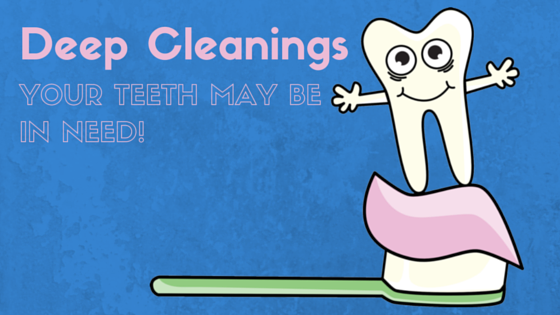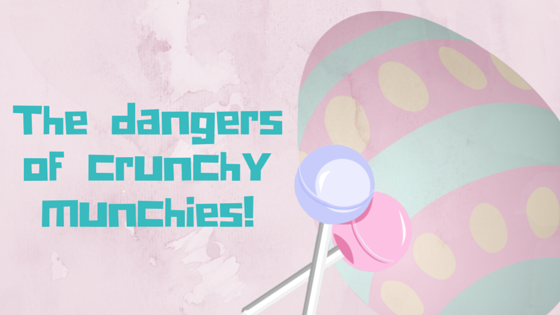While most of us love a good horror story, in the world of dentistry, sometimes the truth is more frightening than any Hollywood flick! Curl up and dig in to 10 of the creepiest dental ailments you have ever heard of:
- Amelogenesis Imperfecta: Tooth Enamel Disease
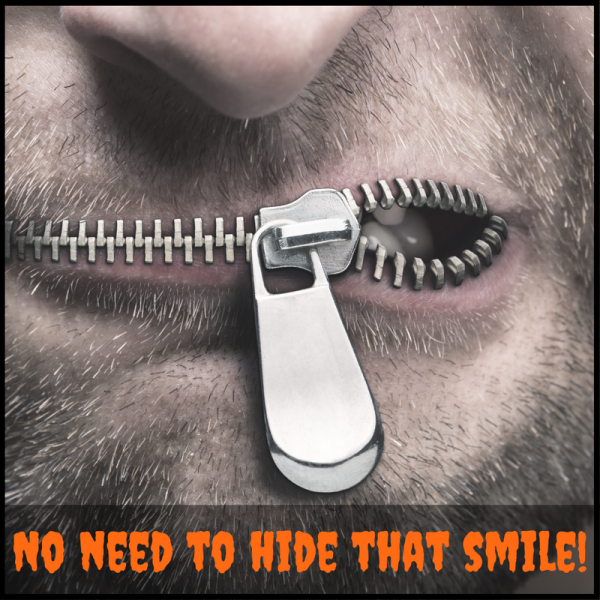
Amelogenesis Imperfecta is a congenital disease. Causing small teeth with very thin tooth enamel, a discolored smile is the tip of the iceberg here. These tiny chompers often suffer from painful sensitivity and lots of breakage. Diagnosed by your dentist, treatments are available for every level of severity.
Source: Genetic and Rare Diseases Information Center
- Hyperdontia: Extra Teeth
This rare condition affects a very small percentage of children. Sometimes tied to a genetic disorder, but can also occur for unknown reasons, a child develops extra teeth hidden in their gums. With extraction often the best course of action, left unattended these extra teeth can prevent or delay the eruption of permanent teeth and wreak havoc on the child’s bite. Yes, even those suffering from hyperdontia should still brush and floss twice a day!
Source: Colgate
- Papillon-Lefevre Syndrome (PLS): Premature Tooth Loss
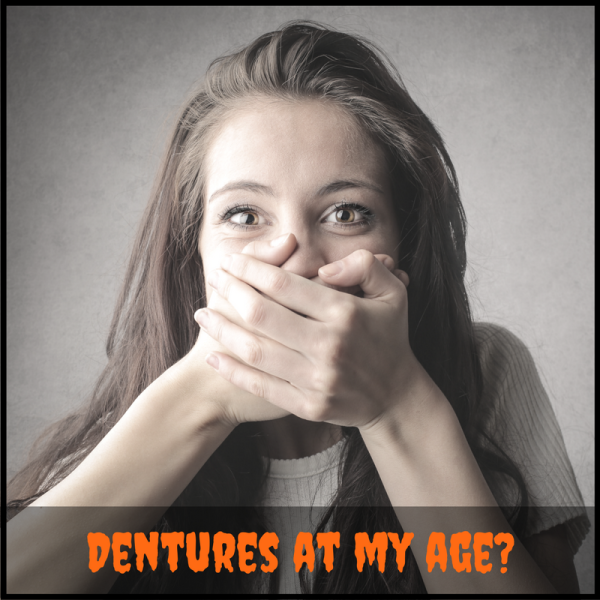
By the age of five, kids with PLS usually have many loose primary teeth. This can become a severe issue without regular dental care. But what’s the cause? The root of the problem stems from a missing enzyme causing a connective tissue issue. As skin infections are also common with PLS, routine care requires a team of specialists; usually including pediatricians, surgeons, dermatologists, among of course, dentists, periodontist and prosthodontists.
What’s even more frightening is the possibility of losing all permanent teeth… as a teenager! Such is so, as teens often choose to have any remaining teeth removed and wear dentures.
Source: National Organization for Rare Disorders
- Talon Cusps: Claw-Like Teeth

Just as it sounds, these abnormal tooth sprouts look like the shape of an eagle’s talon at the back of a child’s tooth. If left to fester, potential problems include crowding, gum irritation, bad bite, and of course the accumulation of plaque.
Dare not scrape these off! Talon cusps require common treatment from your dentist, such as grinding down or a root canal.
Source: Journal of the Canadian Dental Association
- Geminated Teeth: Mega Tooth
This is as if the tooth root has had twins. This anomaly manifests itself when two teeth develop from a single tooth bud. Turning into an oversized and disfigured tooth, your dentist will be on the lookout for the trouble it’s causing to nearby teeth.
Your dentist will be on the lookout for a bad bite, tooth decay in the area and overcrowding of neighboring teeth. Depending on size, it’s possible the tooth could cause little impact. However, most cases need extraction or other procedures to bring it down to normal size. Beware! These teeth aren’t easily flossed so using anti-bacterial mouthwash is advised.
Source: National Institute of Health
- Tonsilloliths: Tonsil Debris
Ever heard of tonsil stones? When this buildup of bacteria and debris gets trapped in and around your tonsils it’s no joke. Especially considering they range in size from a grain of rice to that of a large grape!
What causes this troublesome throat rubble? Chronic tonsillitis and poor dental hygiene are the usual culprits. While not always visible, if they’re lurking you’ll likely smell it first! Bad breath, sore throat, and trouble swallowing as the most reported symptoms. Tonsils are delicate, and removing the stones requires the expert hand of a true professional.
Source: Live Scicence
- Black Hairy Tongue: Like. It. Sounds…
Harmless as it may be, this fearsome condition will attract unwanted attention. If not from looks, the radiating smell will turn heads… and your stomach with a metallic taste. Caused by the building up of dead skin cells, this creepy accumulation does offer some relief in how it’s treated. Oral hygiene. Brush your tongue or using a tongue scraper daily should clear things up. If it persists, visit your dentist as reoccurrence risk runs high.
Source: WebMD
- Salivary Gland Stones: Clogged Salivary Glands

Think kidney stones in your mouth. They’re painful and can cause neck swelling. As saliva is full of calcium, these startling stones store up in salivary ducts. The remedy is as easy as sucking on sour candy to get the saliva juices flowing again. Caution! Stones can grow large enough for surgical removal.
Source: National Center for Biotechnology Information
- The Disgusting Truth About Your Toothbrush: dun dun dun!
Your toothbrush is a bacteria magnet. The dirty little secret it hides is really more like 10 million bacteria— including E. coli and Staph. Truly a terrifying thought! Here are some empowering tips to keeping your brush as clean as possible:
- Replace your toothbrush after 3 months. Sooner if the bristles become frayed and always after the flu or a cold.
- Not all toothpaste is created equal. Look for ones with triclosan or copolymer to help kill mouth bacteria.
- Rinse the bristles after every use. Soaking in antibacterial mouthwash or hydrogen peroxide also helps.
- In this case, sharing is not caring. Each brush is factory built for one mouth. Remember, 10 million bacteria…
- Air dry between uses and don’t let toothbrush heads touch. Remember, 10 million bacteria…
- Flush with the toilet seat down. We smell molecules of whatever it is giving off the stench. Remember E. coli…
Source: Huffington Post
- Hand-Foot-and-Mouth disease: Virus
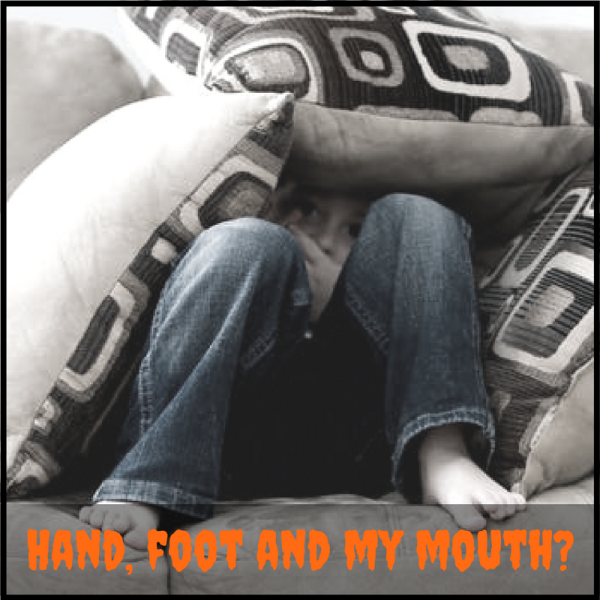
Imagine having sores in your mouth, on your hands, feet, and even your legs. A very unpleasant condition, hand-foot-and-mouth disease is easily spread through coughing and sneezing. So, halt the spread with frequent hand washing, and while infected, keep the kisses under wraps.
This nasty virus is most common among children under 10 but adults can contract it as well. With symptoms lasting about a week, see a physician if the sore mouth and throat prevent drinking.
Source: Mayo Clinic
Spook ‘Em in Style!
When was your last dental exam? Call today or schedule your next appointment online!
Greenfield and Salinas Dental Implant Center
608 E. Boronda Rd., Suite B
Salinas, CA 93906
(831) 443-3524
and
696 Walnut Ave., #1
Greenfield, CA 93927
(831) 674-5501




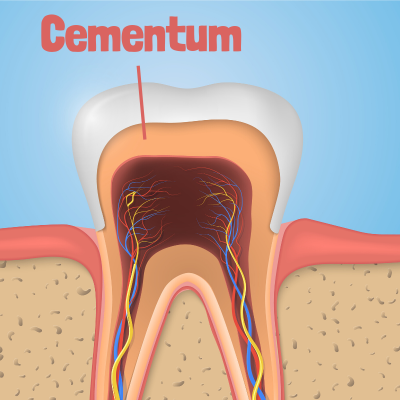


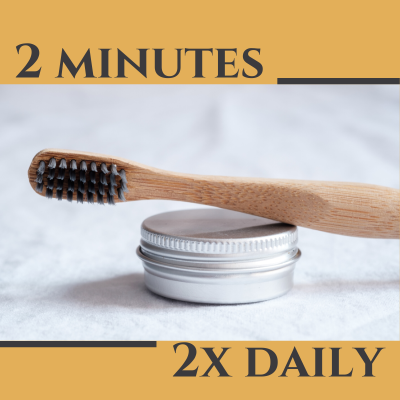 Brush your teeth twice a day: This is crucial for keeping your teeth thankful as well as intact. When you go to bed without
Brush your teeth twice a day: This is crucial for keeping your teeth thankful as well as intact. When you go to bed without 

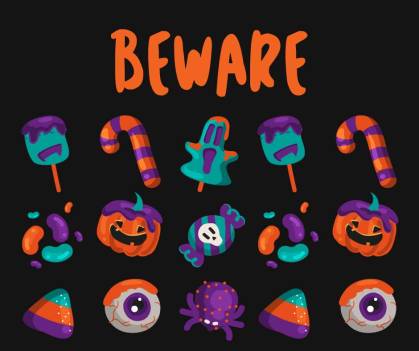 Hard candy sits in your mouth slowly coating your teeth in sugar and can crack or break teeth as you chew them. The sour candies are super acidic and break down the enamel, weakening your teeth and making them more susceptible to
Hard candy sits in your mouth slowly coating your teeth in sugar and can crack or break teeth as you chew them. The sour candies are super acidic and break down the enamel, weakening your teeth and making them more susceptible to 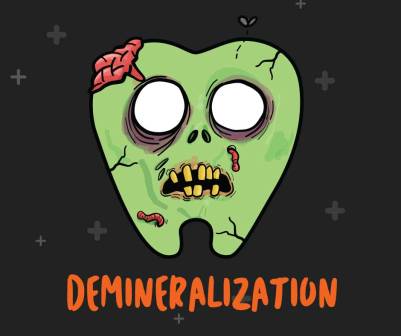 This process is called demineralization, luckily our saliva is a base, so it helps prevent and restore some of the damage done in a process called remineralization.
This process is called demineralization, luckily our saliva is a base, so it helps prevent and restore some of the damage done in a process called remineralization.



 A smile makeover improves the appearance of your smile using one or more cosmetic procedures. It’s completely customized for you and the smile you desire! If you need a quick fix, bonding might be for you. Bonding is a tooth-colored composite resin to fix chips, fractures or small gaps. It can even be used to make your teeth appear longer. Veneers are another option. Custom made and placed over your crooked, discolored, or chipped front teeth, they are thin and durable to give you a more aesthetic smile. Usually, it will take a couple visits to complete and lasts anywhere from 10 to 20 years, fixing multiple issues with a single procedure.
A smile makeover improves the appearance of your smile using one or more cosmetic procedures. It’s completely customized for you and the smile you desire! If you need a quick fix, bonding might be for you. Bonding is a tooth-colored composite resin to fix chips, fractures or small gaps. It can even be used to make your teeth appear longer. Veneers are another option. Custom made and placed over your crooked, discolored, or chipped front teeth, they are thin and durable to give you a more aesthetic smile. Usually, it will take a couple visits to complete and lasts anywhere from 10 to 20 years, fixing multiple issues with a single procedure. If your teeth are crowded, misaligned, or you have an overbite or underbite orthodontics may be the best route for an aesthetic smile. You have a few different options, traditional metal braces, Invisalign or Clear Correct. Invisalign and clear correct are clear removable aligners that straighten your teeth. Unlike traditional braces, these clear trays are removed while you eat and brush your teeth! Don’t let your age discourage you from getting your perfect smile! We offer adult orthodontics.
If your teeth are crowded, misaligned, or you have an overbite or underbite orthodontics may be the best route for an aesthetic smile. You have a few different options, traditional metal braces, Invisalign or Clear Correct. Invisalign and clear correct are clear removable aligners that straighten your teeth. Unlike traditional braces, these clear trays are removed while you eat and brush your teeth! Don’t let your age discourage you from getting your perfect smile! We offer adult orthodontics.







